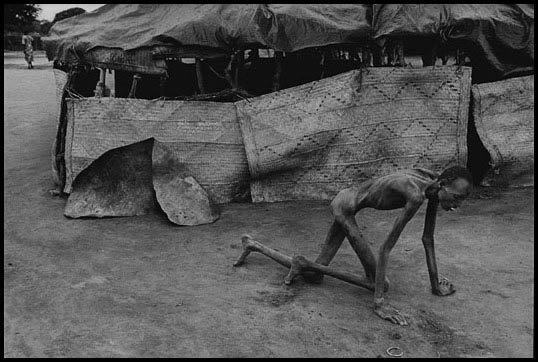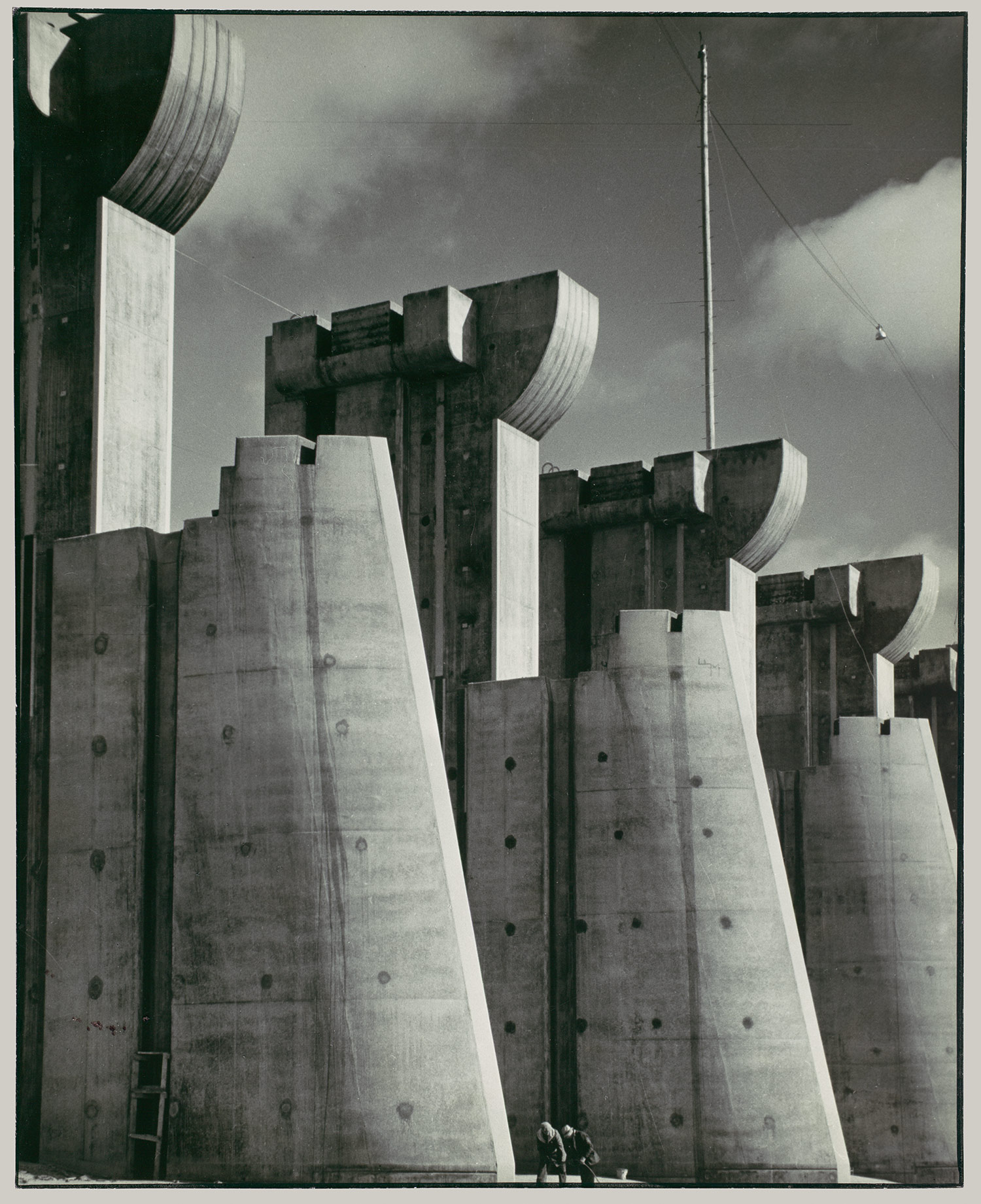Saturday Ambassador
I first ventured into the world on December 28, 1969.
Today, forty-four years later, I am making extraordinary changes to my life, my
career and my future. I will complete my Bachelor of Science in Photography on
January 8, and I intend to make my presence known in the art world (as we
should all strive to do).
One of the ways that we can achieve such a goal is to
learn from those we admire. Please enjoy my thoughts on some photographers in
whom I find inspiration:
1. American photojournalist James Nachtwey has covered many
globally significant events, such as the IRA Hunger Strike in Northern Ireland
in 1981, civil war in Central America in the 1980’s, and again in Bosnia and
Croatia in the 1990’s, the end of Apartheid in South Africa, famine in Somalia
and Sudan, mindless slaughter in Rwanda and the terrorist attacks on the World
Trade Center in New York City in 2001.
Influenced by events such as the American Civil Rights Movement and the Vietnam Conflict, Nachtwey taught himself photography as a manner in which to express his reactions to the experiences. Photographs generated during these events told a story different from than that fed to the public by military and political leaders. He was impressed by the power of these images to change public opinion, fuel resistance and influence the outcome of historic events.
Nachtwey once said of his own work, “I use what I know about the formal elements of photography at the service of the people I’m photographing – not the other way around. I’m not trying to make statements about photography. I’m trying to use photography to make statements about what’s happening in the world. I don’t want my compositions to be self-conscious.”
He demonstrates his compassionate approach by composing images which are, at once, thoughtful, informative and beautiful. James Nachtwey works in black and white, as well as color, and addresses some of the most volatile issues faced by modern society.
Influenced by events such as the American Civil Rights Movement and the Vietnam Conflict, Nachtwey taught himself photography as a manner in which to express his reactions to the experiences. Photographs generated during these events told a story different from than that fed to the public by military and political leaders. He was impressed by the power of these images to change public opinion, fuel resistance and influence the outcome of historic events.
Nachtwey once said of his own work, “I use what I know about the formal elements of photography at the service of the people I’m photographing – not the other way around. I’m not trying to make statements about photography. I’m trying to use photography to make statements about what’s happening in the world. I don’t want my compositions to be self-conscious.”
He demonstrates his compassionate approach by composing images which are, at once, thoughtful, informative and beautiful. James Nachtwey works in black and white, as well as color, and addresses some of the most volatile issues faced by modern society.
 |
| Sudan, 1993 - Famine victim in a feeding center. James Nachtwey |
2. Portrait
Photographer Arnold Newman was inspired by studio portrait photography, and
believed there was an aesthetic correlation between interaction with the
subject and great portraiture. He endeavored to communicate with the people he
photographed in order to elicit an emotion or response unique to the subject.
Newman worked with still images in both
black and white and color. He cited artists such as Julia Margaret Cameron,
Walker Evans, Irving Penn, Pablo Picasso and Edgar Degas as those who inspired
him.
Arnold Newman is credited with the
innovation of the environmental portraiture concept, a style in which the
subject is portrayed with the trappings of their work or personal interests. He
utilized his background in art history to capture the essence of the many
renowned artists he photographed. This
fresh approach to commercial portraiture resulted in imagery which speaks to
the viewer about the subject with an uncommon depth and clarity.
Contemporary commercial photographer Jay
Maisel stated in reference to Newman, “There isn't a photographer alive who
isn't influenced by Arnold Newman, either by emulating him or by attempting to
avoid emulating him. He's a very important figure in terms of portrait
photography. I think I used to emulate him when I started, but I think you're
influenced by him whether you want to be or not. His work always has a certain
kind of formality and honesty.”
 |
| Leonard Bernstein, American Conductor, 1968, Arnold Newman |
3. Margaret Bourke-White accomplished
many “firsts” in her career. She is regarded as the first female
photojournalist, in 1929 she became the first photographer for Fortune
magazine, and in 1930 she became the first photographer from the Western world
allowed into the Soviet Union. Here, she photographed farms, factories and
dams, and captured the essence of everyday life in Russia. Margaret
Bourke-White’s 1936 Fort Peck Dam image adorned the cover of the inaugural
issue of Life magazine. She was the first female war correspondent, and she was
the first female photographer allowed to cover WWII action from the front
lines.
Margaret Bourke-White’s contribution to
Modernism in photography is evident in her compositional techniques. Although
she primarily engaged in photojournalistic endeavors, including war and
industrial environments, Bourke-White broke the boundaries of traditional
photographic practice by using unique compositional angles and close-ups, and
by utilizing the natural geometry of the world around her.
 |
| Fort Peck Dam, Margaret Bourke-White |
I hope that you also find inspiration here. Approach these sources with an open mind and see what transpires.
~Saturday Ambassador
Sources:
“Arnold Newman”. pdngallery.com. 2002. Web. December
27, 2013. <http://pdngallery.com/global/en/professional/features/legendsV6Q5/newman.jhtml>
Goers, Beth. “Critical Biography of James
Nachtwey”. Web. December 27, 2013. <http://www.bethgoers.com/sitebuildercontent/sitebuilderfiles/criticalbiographyofjamesnachtwey.doc.pdf>
Howe, Peter. “James Nachtwey”. The Digital
Journalist. 2001. Web. December 27, 2013. <http://digitaljournalist.org/issue0110/nachtwey_intro.htm>
“Margaret Bourke-White Biography”. Answers
Corporation. 2010. Web. December 27, 2013.
<http://www.answers.com/topic/margaret-bourke-white>
“Margaret Bourke-White Biography”. Encyclopedia of
World Biography. 2010. Web. December 27, 2013.
<http://www.notablebiographies.com>
“Margaret Bourke-White”. Gallery M. 2010. Web. December
27, 2013. <http://www.gallerym.com/works.cfm?ID_artist=17>
“Margaret Bourke-White” Women in History. 2010.
Web. December 27, 2013. <http://www.lkwdpl.org/wihohio/bour-mar.htm>
Patrick Cox, Ph.D. “Margaret Bourke-White History Making Photojournalist and Social
Activist”. The Digital Journalist. 2003. Web. December 27, 2013. <http://www.digitaljournalist.org/issue0301/pcox.html>
“Witness: Photography by James Nachtwey”. Web. December
27, 2013. <http://www.jamesnachtwey.com>
No comments:
Post a Comment
Please feel free to comment and ask questions we are here to help!